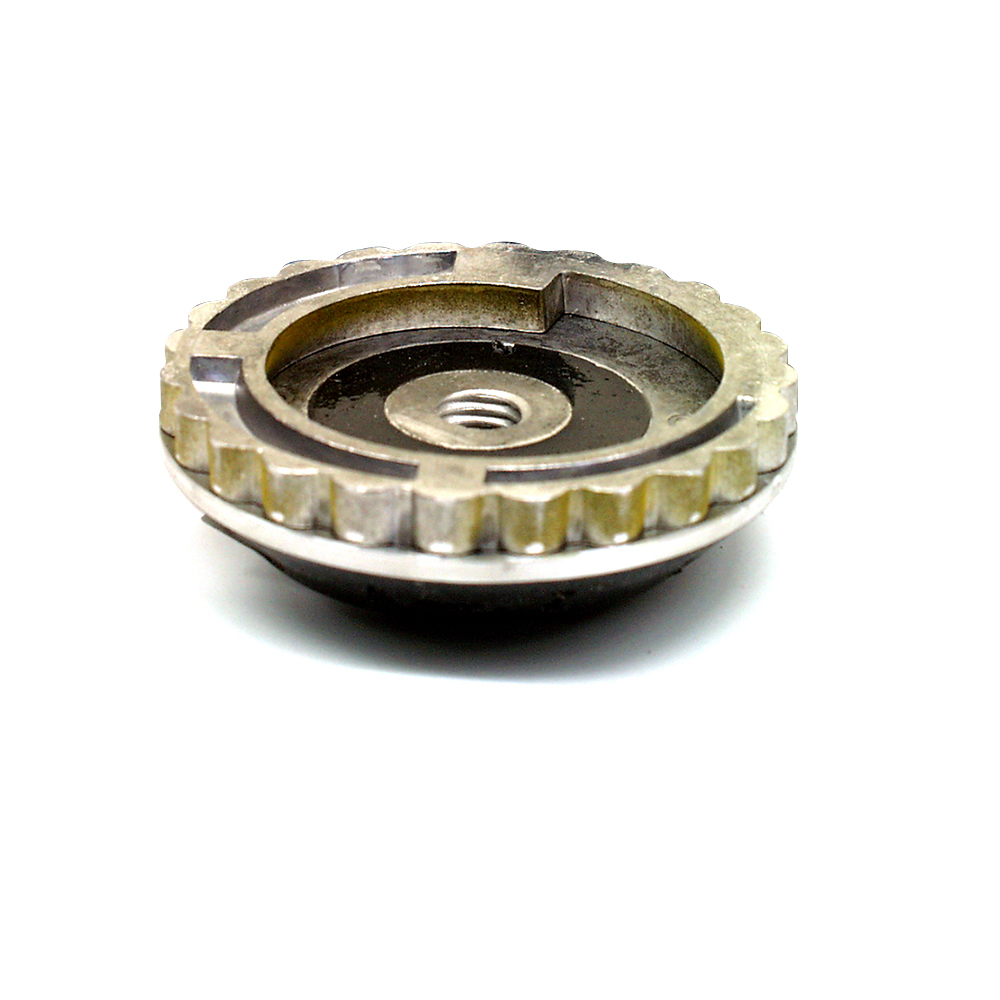If you’re planning a do-it-yourself tile project, you might think that you can tile over your existing floor. In fact, there are times when tiling over your existing floor is appropriate. For example, if your floor is perfectly clean and level tiling without an underlayment can work. This is especially true of homes built on concrete foundations.
However, that is not always the best plan, and you should consider using tile underlayment. As an example, a crack in the foundation creeps up through the tile you’ve installed. However, an underlayment membrane can prevent those cracks from migrating. Underlayment also protects your new floor from moisture, as well as provides a layer of sound-proofing.
While using underlayment can significantly add to the upfront cost of your project, cracked tiles can be even more costly to repair. Underlayment can make the difference between tile flooring that lasts for years or one that you’ll need to redo.
There are different types of tile underlayment:
• Solid sheets, for wooden subfloors.
• Uncoupling membrane, which allows the subfloor and the tile to move independently.
• Liquid membrane, which is easy to apply with a paint roller.
• Peel and stick membrane, to help prevent cracks. But, be sure to use a primer.
Before you buy an underlayment, consider your existing floor, what you want to accomplish, and your budget. If you are unsure, consult with your tile dealer to decide which type of underlayment is best for your situation. But, adding an underlayment to your tile flooring will increase your chances of a successful project.



